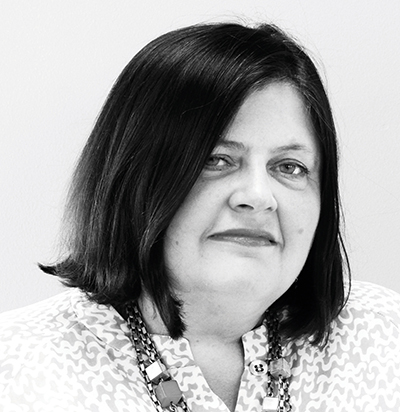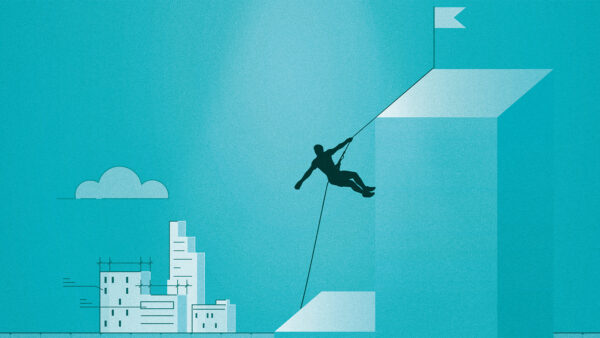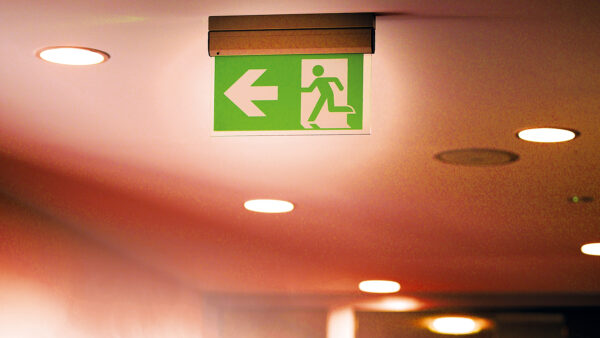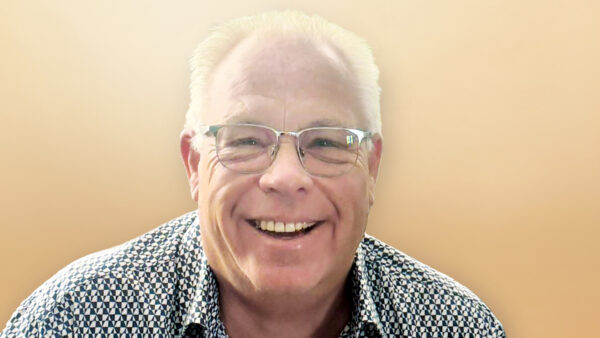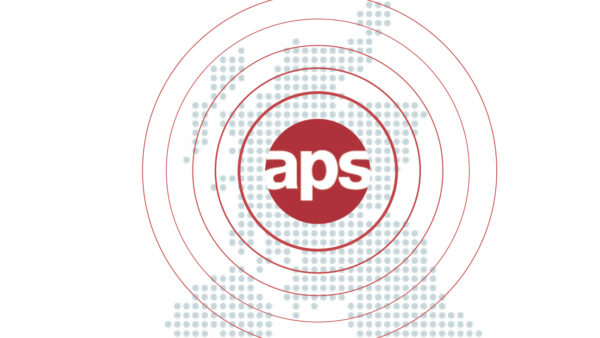Rider Levett Bucknall associate Dan Cooke on getting to grips with the new dutyholder roles under the Building Safety Act, the importance of work-life balance and the inspiration for a career in health and safety.
Tell us about your job, and what you get involved with
I help to manage Rider Levett Bucknall’s Northwest, Northern Ireland and Scottish regional team in all matters health and safety related. We provide CDM services as well as helping people with understanding and working with the Building Safety Act.
I work out of our Manchester office, but there’s plenty of travel involved as I work across a myriad of projects – both large and small – with a huge range of clients. At the moment, I’m working on quite a few large major complex projects, including some high-rise residential developments.
While I’m largely involved in work relating to the Building Safety Act and compliance with CDM regulations, I’m also busy with other health and safety assurance services, such as our corporate risk management and fire safety and compliance services.
I really enjoy working with both design teams and construction teams and other stakeholders to deliver projects by overcoming the various technical challenges and site constraints.
What are the most challenging aspects of your role?
It’s making sure I get that classic work/life balance right. With the recent changes in building safety legislation, there is a lot of work for the industry to do – which can be challenging, but very rewarding.
My wife and I have four children and there’s lots of demands on my time there too. Trying to fit everything in is a constant juggling act, but I wouldn’t have it any other way.
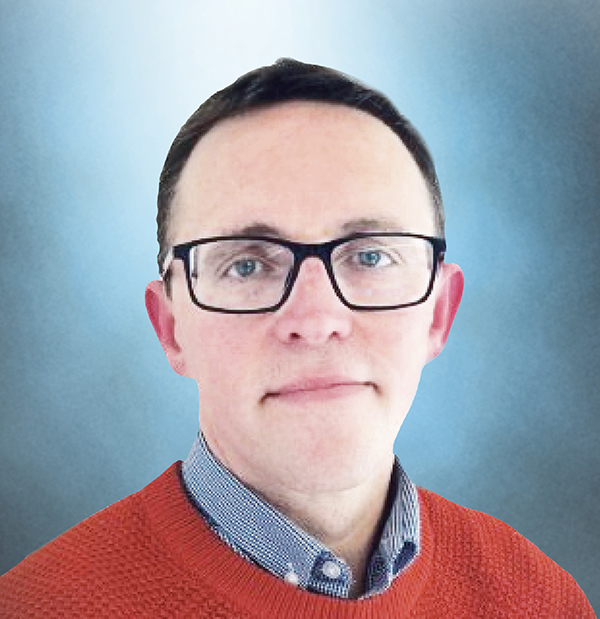
“I’m a big supporter of the new regulations. I’ve been involved with CDM for over 19 years and I think these changes were needed to create a safer culture.”
How are you finding working with the Building Safety Act, and particularly the new principal designer role?
From what I’m seeing across the industry, there’s a lot of uncertainty and ambiguity. The various new dutyholder roles are probably the biggest area of uncertainty.
There’s been a lot of focus on the new principal designer building regulations (PDBR) role, but perhaps not so much around the principal contractor role and how these dutyholder roles are delivered alongside the CDM regulations’ dutyholder roles.
It’s our job to provide our clients with clarity so everybody’s clear on what is being requested and what’s been provided.
We act as the PDBR dutyholder on non-higher-risk buildings for several clients, whereas for higher-risk buildings we act as adviser to the principal designer.
RLB does have a design function as well within the company, allowing us to support industry and clients with live projects as best we can to make sure that the projects are compliant.
I’m a big supporter of the new regulations. I’ve been involved with CDM for over 19 years and I think these changes were needed to create a new safer building culture.
Dan Cooke CV
Nov 2022 to present Associate, Rider Levett Bucknall
Nov 2019 to Nov 2022 Senior H&S consultant, Rider Levett Bucknall
May 2017 to Nov 2022 Senior CDM/principal designer, Safety for Design
Dec 2012 to May 2017 Senior CDM adviser/HSE advisor, Atkins
Aug 2008 to Dec 2012 H&S consultant, Peninsula Business Services
Apr 2005 to Aug 2008 Planning supervisor/CDM coordinator, Hyder Consulting
2002-2003 MSc in Ergonomics, Loughborough University
1999-2002 BSc (Hons) in Physical Activity, Exercise & Health, Leeds Metropolitan University
CDM has always been about building for the future by considering the full life cycle of an asset from project conception stage. It’s right that we’re applying it to the design of buildings too – not just to avoid tragedies like Grenfell, but so people can feel safe in the buildings they’re living and working in.
That said, I think the industry still is playing catch-up and has to properly plan and organise itself.
I believe the way the changes were drip fed and then followed by a huge deluge of information wasn’t ideal and caught the industry out somewhat. But, as a sector, we are now beginning to chart our way forward.
How did you get into a career in safety?
It probably goes back to when I was a 15-year-old boy. I saw then how my dad was made unwell through work pressures, and how that manifested itself at home. I just felt that was morally wrong.
It was a big influence on me deciding to study for a degree in understanding physical activity, exercise and health.
Then from there it led on to my postgraduate studies – a master’s degree in ergonomics. This is the scientific discipline concerned with the understanding of interactions among humans and other elements of a system, by applying theory, principles, data and methods to design to optimise the relationship between human wellbeing and overall system performance, including system safety.
That in turn led to me wanting to pursue my interest in the area of health and safety. I became a planning supervisor in 2005 under the 1994 CDM regulations.
How long have you been a member of APS?
I’ve been an incorporated member for five years. I’m in the process of finishing my IOSH chartership and then I’ll be moving to certified member of APS as well.
What advice would you give anyone who’s just coming into the health and safety industry?
This may sound counter-intuitive for a safety professional, but don’t be afraid to take a risk. Challenge yourself. Try to work on projects that might at first be beyond what you’re used to. You can’t achieve anything if you don’t strive to push yourself.
I’ve often found that we can all be more capable in situations than perhaps we’d think was possible.
Do you have any particular professional goals at the moment?
Currently, it’s very much to support the RLB team to grow. Perhaps, in the future, I’d love to get involved with projects that directly give back to the environment – such as green energy infrastructure schemes.
I’d also like to work on some process safety projects – such as COMAH (control of major accident hazards) sites, working with industry to prevent and mitigate major accidents involving dangerous substances that can harm people and/or the environment, which can have devastating consequences on communities.
What do you get up to away from work?
As I mentioned, we’ve got four children, so there’s plenty of running around, taxiing and swimming lessons and other activities like that, which I love doing.
But if there’s time after that, I play five- or seven-a-side football. And I love hiking with family, on the coast, up mountains or along rivers. I just simply love being out in nature.





